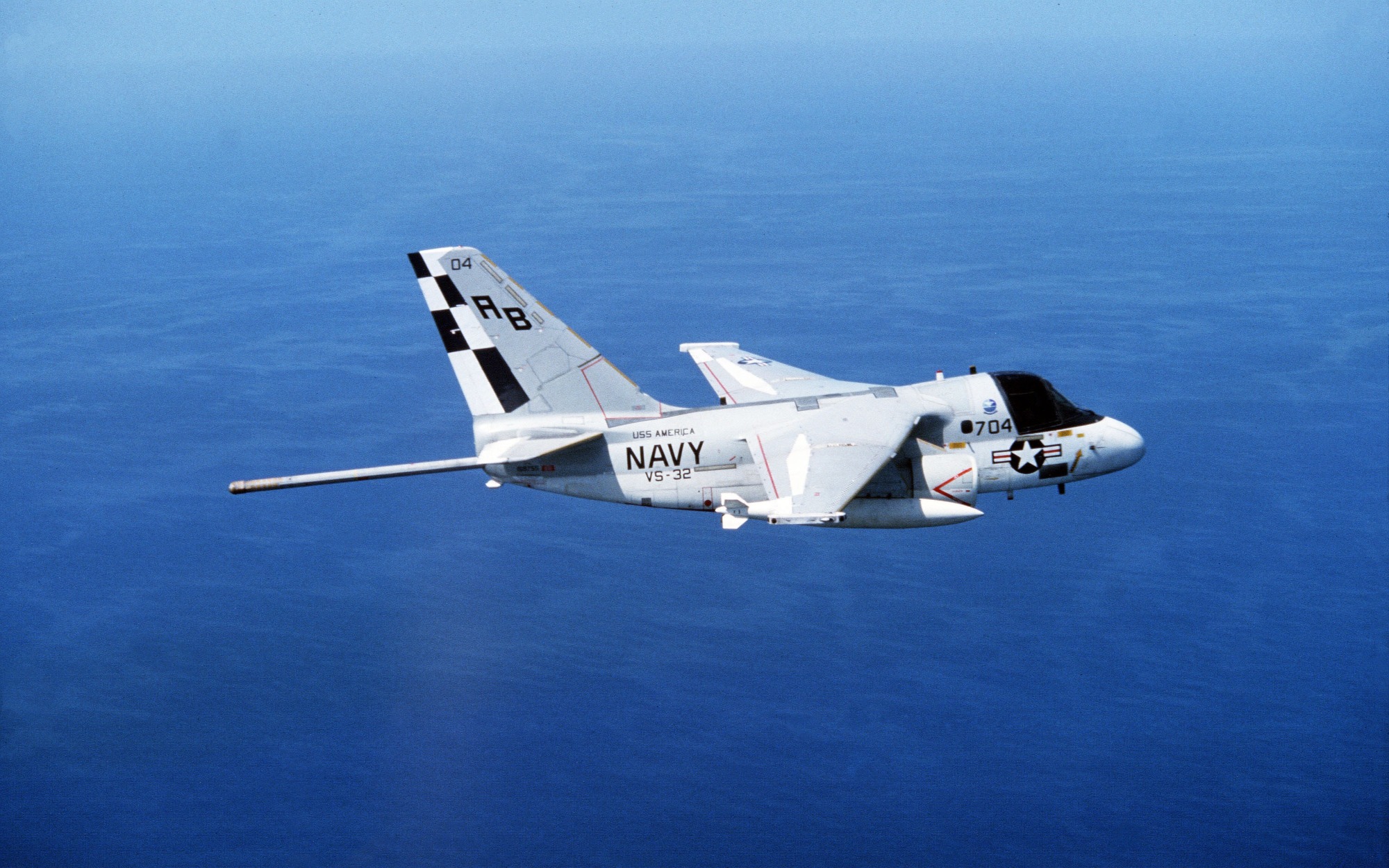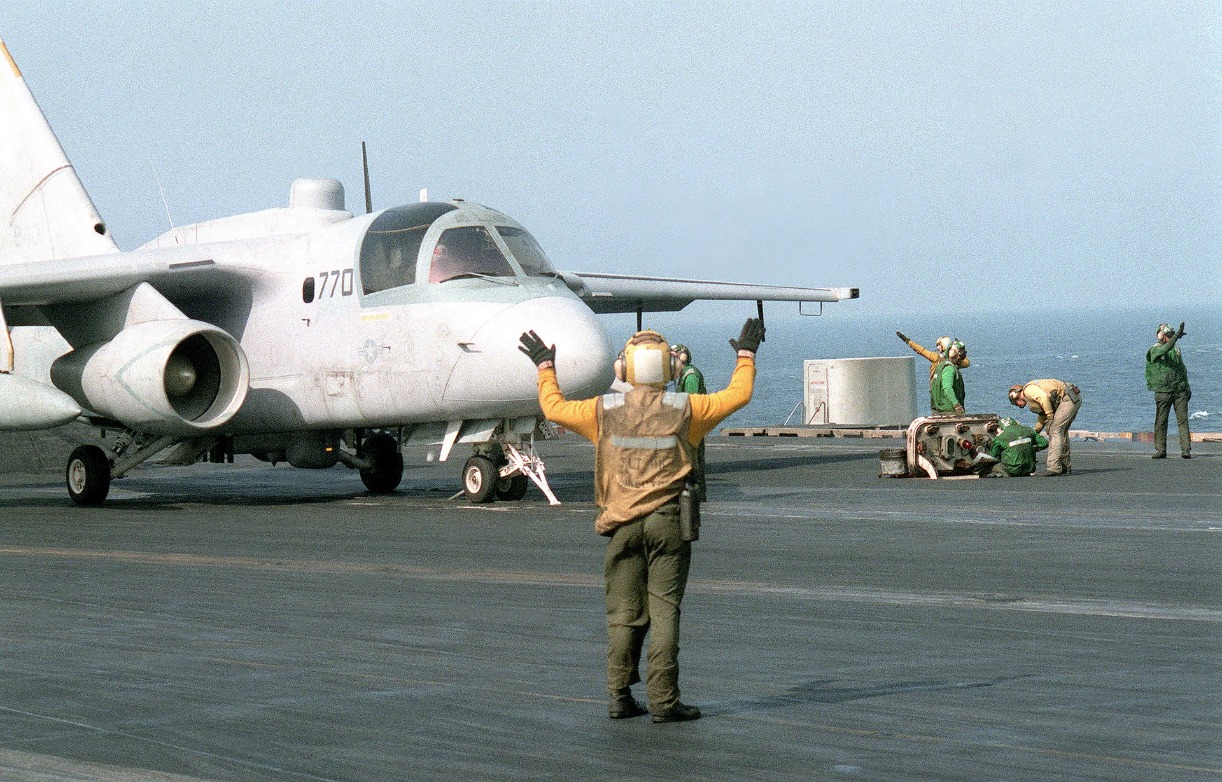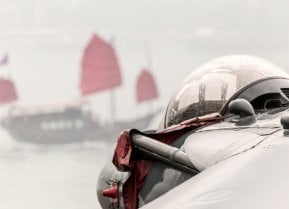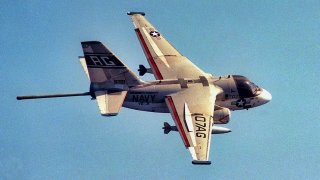Lockheed S-3 Viking: The Navy's Unmatched Submarine Hunter
The Lockheed S-3 Viking, retired by the U.S. Navy in 2016 after over four decades of service, was a versatile, carrier-based aircraft renowned for its anti-submarine capabilities.
Summary: The Lockheed S-3 Viking, retired by the U.S. Navy in 2016 after over four decades of service, was a versatile, carrier-based aircraft renowned for its anti-submarine capabilities.

-Initially developed to replace the Grumman S-2 Tracker, the S-3 featured a four-person crew and advanced sensor integration.
-Although it was later repurposed for surface detection, ground attack, and in-flight refueling, its retirement has left some defense planners nostalgic for its submarine detection abilities, especially amid rising naval tensions with China.
-Despite interest in reviving the S-3, modern replacements like the V-22 Osprey have taken over its roles.
Why the S-3 Viking's Retirement May Have Been Premature
A few years ago, NASA retired the Lockheed S-3 Viking, which had been in service with the U.S. Navy until 2016 – over four decades after the jet’s introduction in 1974.
The S-3, nicknamed “War Hoover” for the vacuum cleaner-like sound it made, was originally developed as a submarine killer – and was distinct for its four-person crew.
Building the S-3 Viking
To replace the aging, prop-driven Grumman S-2 Tracker, the Navy developed the VSX program to procure an anti-submarine successor.
The winning design, the S-3, was a carrier-based, all-weather aircraft capable of subsonic, long-range flight. The S-3 was very much a conventional-looking plane, with a slightly swept leading edge and two GE TF-34 turbofan engines mounted under the wings. Whereas most military jets required ground service equipment to assist with the engine start, the S-3 housed an auxiliary power unit (APU) and could perform unassisted starts.
Four-Man Crew
Unlike most carrier-capable jet aircraft measuring around 50 feet long, the S-3 carried a four-person crew – rather than a two-person, or one-person crew. Upfront sitting side-by-side was the pilot and the copilot/tactical coordinator (COTAC).
In the back, also side-by-side, were the tactical coordinator (TACCO) and the sensor operator (SENSO). The SENSO was enlisted, whereas the other three crew members were commissioned officers. The four-person configuration came with an odd ejection protocol: if the pilot or COTAC initiated ejection, all four crew members would be ejected, with the backseaters firing 0.5 seconds before the frontseaters to allow for separation.
If TACCO or SENSO, sitting in the back initiated ejection, the pilots up front would not be ejected – no, they had to initiate their own ejection.
Sensors and Displays Allowed Teamwork
The S-3 was renowned for its sensory integration; the S-3 was the first anti-submarine aircraft to integrate all of its sensor systems into a single General Purpose Digital Computer (GPDC). The integration allowed crew members, who were each seated in front of a Multi-Purpose Display (MPD) screen, to consult and collaborate with each other by analyzing the same data at their own station simultaneously. Alternatively, each crew member could assess separate data.
The end result: the S-3 was a powerful detective, with sensory capabilities considered equivalent to the P-3 Orion, a 116-foot plane with a crew of 12.
Despite the S-3’s adeptness at sleuthing out enemy submarines, by the 1990s, with the Soviet Union folded, there just weren’t many enemy submarines left to sleuth.
Accordingly, the S-3’s mission profile was modified, from anti-submarine operations to sea surface detection, ground-attack, and in-flight refueling operations. For the S-3’s updated, less sophisticated function, the backseat crew was removed, leaving just a pilot and COTAC to operate the S-3 for most missions. The S-3 served reliably until 2016 when it was retired.
Still, some interest in the S-3 has remained, including rumors of a “comeback.” South Korea’s Navy, for example, expressed interest in purchasing the S-3. Even the U.S. Navy has spitballed the idea of bringing a few S-3s back from storage to perform anti-submarine duties.

For a moment, it appeared as though Lockheed was going to refurbish the S-3, rename it the C-3, and use it to replace the C-2 Greyhound for carrier onboard delivery (COD). Instead, the V-22 Osprey was chosen as the C-2’s replacement.
But the lingering interest in the S-3 serves as a testament to the jet’s functionality and reliability.
And now, in light of China’s naval build-up and aggressive behavior, some war planners are longing for the S-3’s vaunted submarine detection abilities, and wondering if the Viking’s retirement was premature.
About the Author
Harrison Kass is a prolific defense writer with over 1,000 articles published. An attorney, pilot, guitarist, and minor pro hockey player, Harrison joined the US Air Force as a Pilot Trainee but was medically discharged. Harrison holds a BA from Lake Forest College, a JD from the University of Oregon, and an MA from New York University. Harrison listens to Dokken.
All images are Creative Commons.


